Made up of more than 13,500 individual islands, Indonesia is one of the powerhouse economies of south east Asia. Today, Indonesia is ranked as the world’s 16th largest economy by the World Bank in terms of GDP.
By 2030, it is projected that the country will grow to become the world’s ninth largest economy and by 2050 Indonesia is on track to become the fourth largest economy in the world, ahead of countries like Japan, Germany, the UK and France.
With these macro trends in mind, the Irish trade mission led by Bord Bia to Indonesia this week is aiming to grow awareness of Irish food, particularly meat and dairy, and tap into an expanding middle class.
While Indonesia is a substantial market for meat, importing 145,000t in 2016, it is also home to the world’s largest Muslim population, meaning all meat entering the market must be Halal certified.
Dairy
As such, the more immediate opportunity identified by Bord Bia in Indonesia is its growing appetite for dairy, particularly as the country is just 25% self-sufficient in milk production.
Annual dairy imports into Indonesia total some 380,000t, with the majority of this in the form of dairy ingredients. For 2017, dairy ingredient imports by Indonesia stood at just under 341,000t.
Tariffs
At present, all dairy exported into Indonesia from the EU is subject to a very low tariff rate of just 5%, which is not prohibitive for exporters trying to compete with New Zealand or Australian exports that enjoy tariff free entry to the market because of a free trade agreement signed in 2012.
That being said, Bord Bia has cautioned Irish dairy companies around a number of non-tariff barriers they may face in Indonesia.
These include a need for Halal certification, processing plant approval by Indonesian authorities as well as having to apply for a dairy import licence on a shipment by shipment basis.
On top of these non-tariff barriers, Irish dairy companies will also face very tough competition from some of the largest dairy companies in the world.
Competition
The Indonesian dairy import market is dominated by Fonterra, the New Zealand dairy giant, which benefits from the tariff free access and shipped over 85,000t to Indonesia in 2017.
Fonterra operates a milk powder blending and packaging facility in Indonesia and mainly supplies the market with whole and skimmed milk powder (WMP and SMP), as well as some butter and cheddar.
Australian dairy exporters have also used the tariff free access to their advantage, exporting more than 46,000t to Indonesia in 2017, most of which was in the form of SMP and whey. However, Australian dairy companies have been losing market share over recent years with volumes slipping.
US dairy companies are also active in the market and shipped close to 47,300t to Indonesia in 2017. Again, this was nearly all in the form of SMP and whey powder. Like Europe, US dairy exports into Indonesia attract a 5% duty.
Irish companies interested in building sales to Indonesia will also be going up against some familiar European players.
Danish dairy co-op Arla and Dutch giant Friesland Campina both have established operations on the ground in Indonesia and are supplying the market with lower volumes of very high value dairy ingredients and infant powders.
Attractive market
Overall, the macro-economics and population size of Indonesia make it a very attractive market for Irish dairy in the years ahead. The presence of established EU players such as Arla and Friesland Campina also indicates there is a market for higher value dairy products which Irish suppliers can offer.
Bord Bia believes the greatest market opportunity will be for shipments of Irish SMP and whey, particularly to target Indonesian buyers for bakery, confectionary, food manufacture, beverage and infant formula companies.
Time will tell how rapidly Irish dairy companies can build relationships with such customers and begin scaling up exports into what looks a promising market.




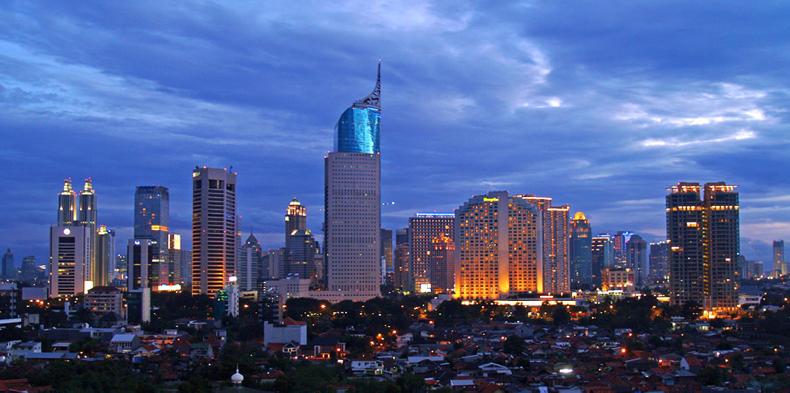
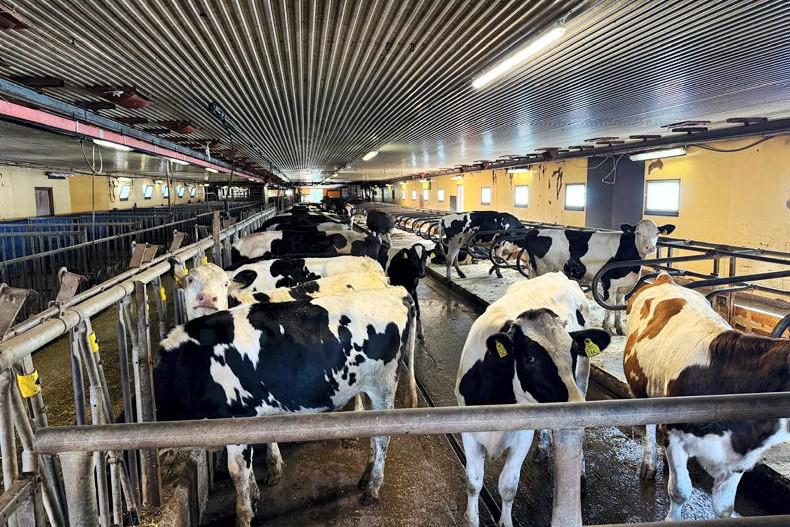

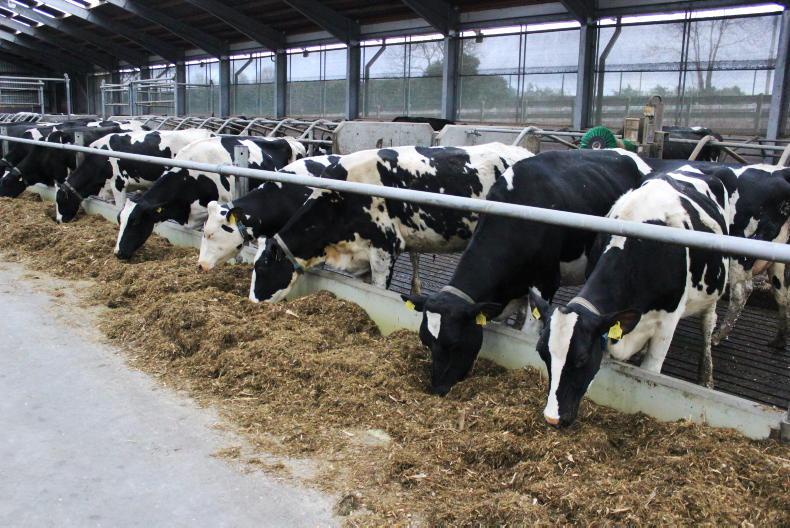
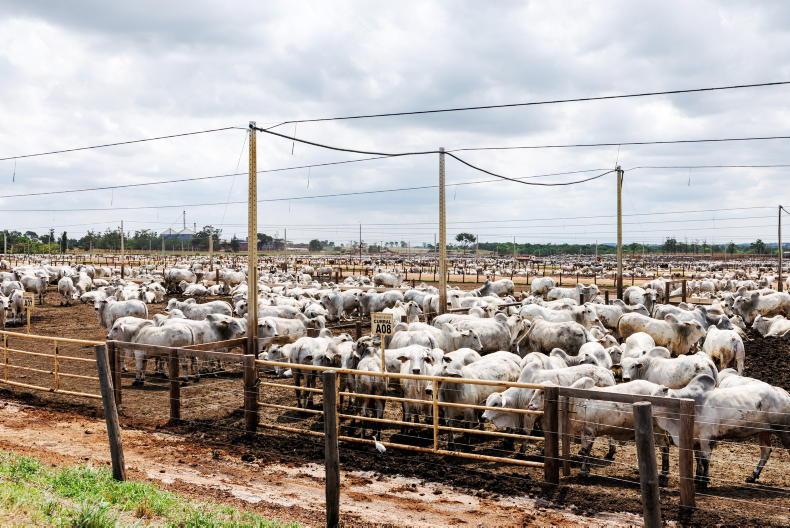
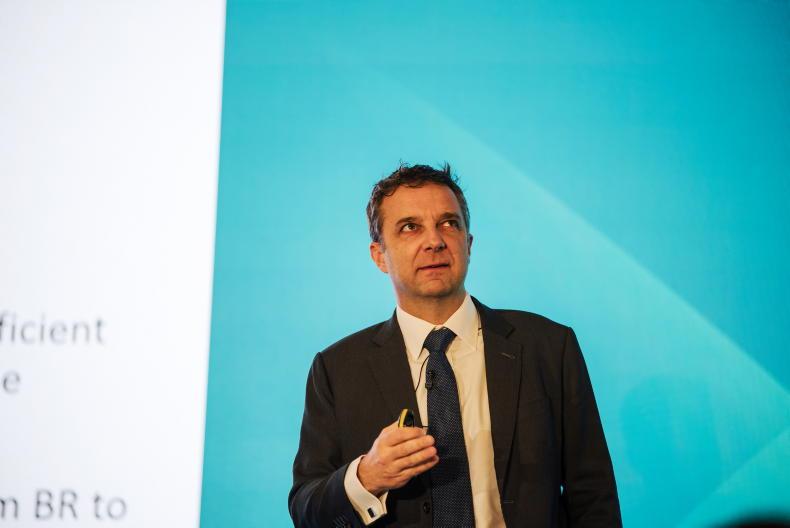
SHARING OPTIONS